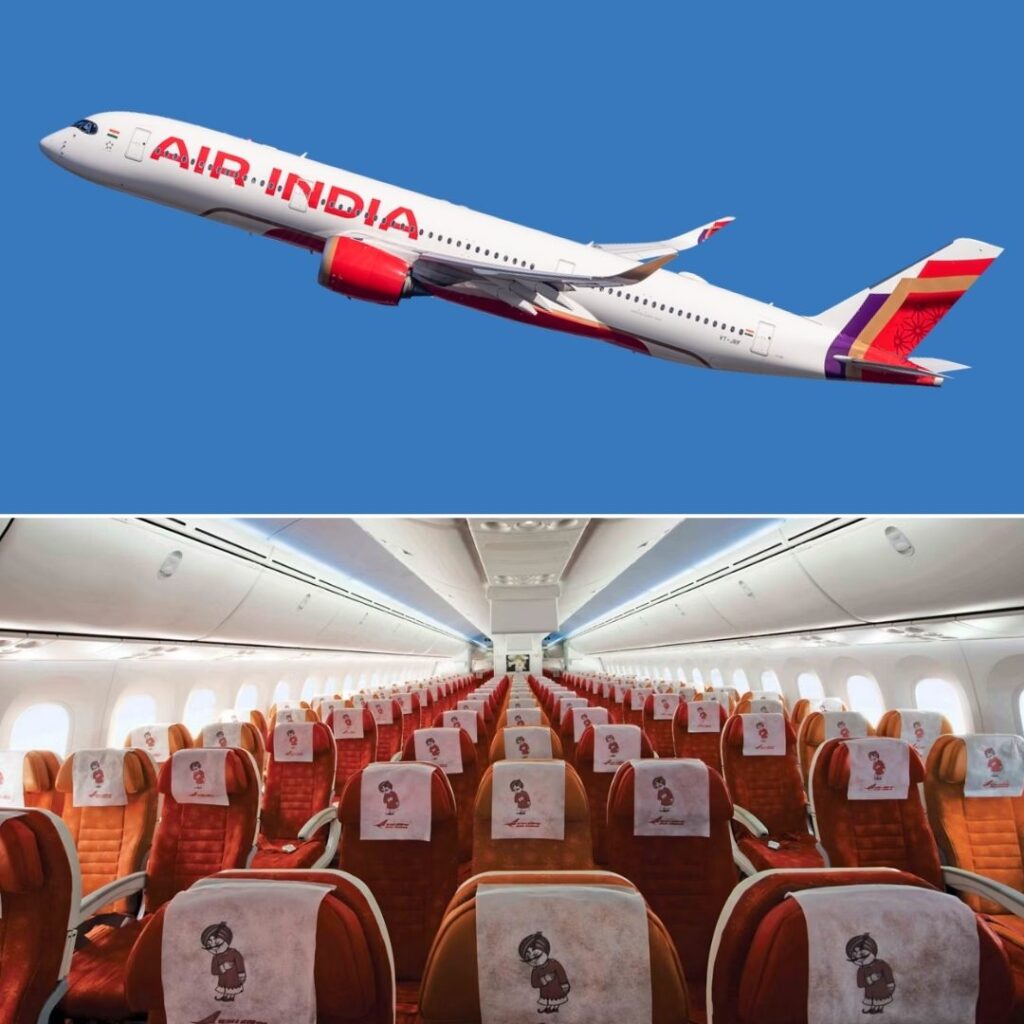The Comptroller and Auditor General (CAG) criticised the Indian railways for their flexi-fare scheme for premium trains such as Shatabdi, Duronto and Rajdhani Express. They found a worrying trend that people are more willing to take a flight than travel on these premium trains due to high prices as a result of the flexi-fare scheme. The CAG report also found that Indian railways have been losing out on passengers over the last four years.
Increase in revenue but no customer satisfaction
While criticising the Indian railways for the flexi-fare scheme, CAG also noted that revenue earned from passengers have increased. There has been an increase of Rs 552 crore in passenger earnings after flexi-fare was introduced, reported Financial Express. However, after the introduction of the flexi-fare scheme, these premium trains have seen 6.75 lakh fewer passengers despite a 3% increase in berth potential.
What is the railway missing out on then? CAG administered a survey questionnaire to 806 passengers travelling in 16 Shatabdi trains and 11 Rajdhani trains during April-May 2017 to ascertain what their opinion was on the flexi-fare scheme. The survey stated that to match passenger satisfaction with the increased fare, better and clean toilets, improved food quality and bedrolls and punctuality was an immediate requirement.
To the question “Do you feel that you derive the value for the money and time you have spent travelling in a premium train with flexi fare?” 495 passengers replied in the negative, reported Financial Express. 324 passengers demanded better food quality and 280 passengers asked for cleaner toilets.
What is the flexi-fare system?
Introduced in September 2016, the flexi-fare system is when the prices of seats go up as the berths start to fill. The fares increase by 10% when every 10% of the berths are filled. This is with a cap of 140% for AC-3 tier class and 150% for all classes except AC First and Executive Chair Car.
CAG has examined data between 9 September 2015 and 31 July 2016, that is the pre-flexi scheme period and between 9 September 2016 to 31 July 2017, that is the post-flexi scheme period.
Premier trains pre and post flexi fare scheme| Source: PRS – CRIS Key points from the CAG report
“The occupancy of AC 2 and AC 3 tier class of Mail/Express trains on the same routes as Rajdhani trains was significantly higher than the occupancy of corresponding classes of Rajdhani trains and were more than 100 per cent in after the introduction of the flexi-fare system,” says CAG. This means that people preferred to travel in mail/express than in the premium trains despite less travel time in Duronto, Shatabdi and Rajdhani.
The report also found that due to the flexi-fare system, economy class air tickets seem cheaper given the less time is taken for air-travel. They also found that trains have not become punctual despite the increased fare. It notes that in 19 Rajdhanis, out of 311 services, around 78% were delayed. Shatabdi and Duronto are in equally bad condition.
Also, passengers have said that they are not getting value for their money.
Also Read:
Indian Railways Serving Food Unfit For Consumption: CAG Report Blankets Used By AC Travellers To Be Washed Twice A Month Instead Of Once In Two Months: Railways Fell Sick Due To Rats & Filth In Her Train Compartment, She Got Rs 19,000 After She Took Railways To Consumer Forum











